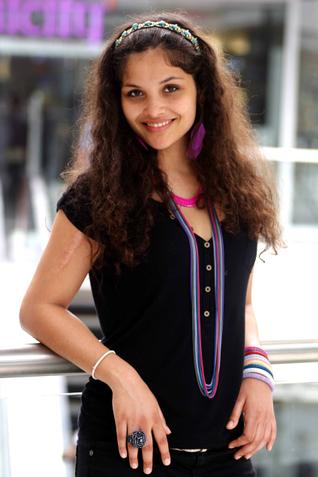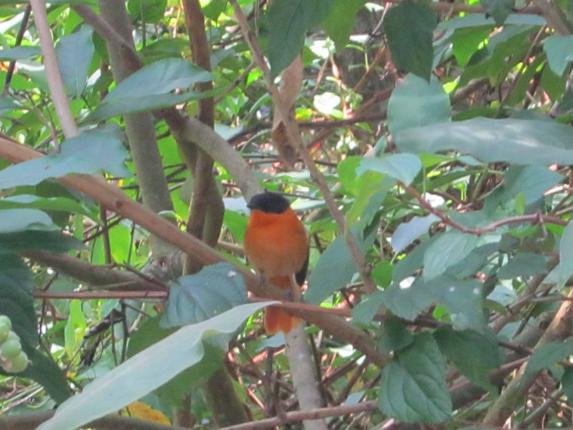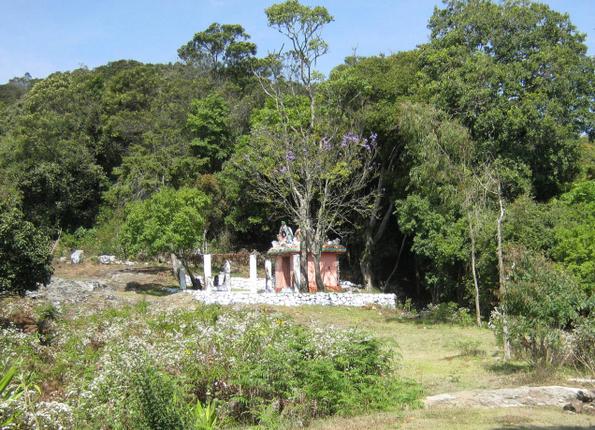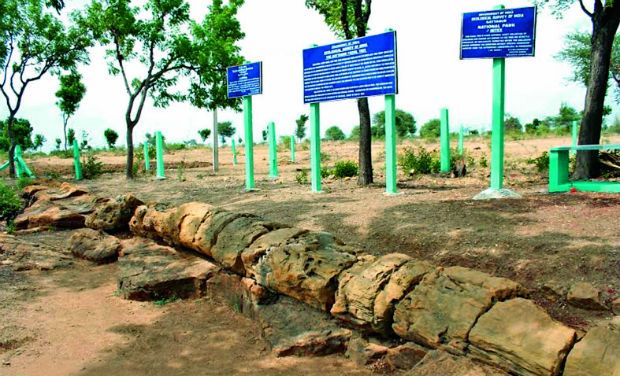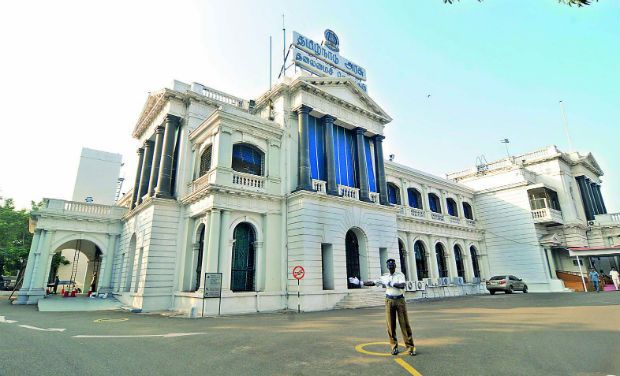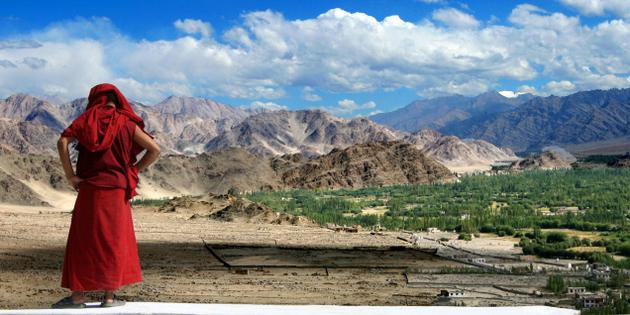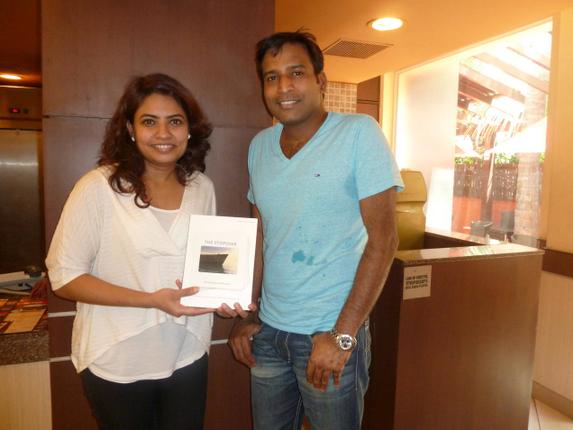In Chennai to launch her eponymous brand of accessories, Ayesha Kapur, a familiar face after her Bollywood debut film Black, talks about her passion for acting and love of all things Indian
She’s dressed in black. That’s predictable, given that Black (the movie) introduced her to the world. But talk to Ayesha Kapur and you realise she loves vibrant colours. It’s all the more apparent when you look at ‘Ayesha’ her eponymous accessory brand which is all about rainbow hues — electric blue rings, headgear with vibrant animal prints, virulent pink bracelets, and bright, trendy hats. “Black highlights many colours which explains why I am teaming these colourful chains, bangles and accessories with a black outfit,” says Ayesha who was in the city to launch her new showroom at Phoenix Market City, Velachery.
GREAT TEAM
Ayesha, the brand, was established in 2010 with the first store coming up in Ahmedabad followed by Chennai and Bengaluru. Today, there are 39 stores across 16 cities. “My mother and I came up with the idea. She owns a shop called Casablanca in Puducherry and even at the age of five I used to give my opinion about the merchandise. We soon realised we made a good team,” she says. Of course, they do have arguments or a “healthy exchange of views” as they prefer to call it. The mother-daughter duo believes that because of the two different perspectives they bring in, every customer who comes to the store finds something that appeals to them. One of the specialities of Ayesha is that most of their collections give traditional Indian designs a modern twist.
“Our pricing is great too. When you are young, you want to buy a lot of things the minute you enter a shop. You don’t want to spend all your money on one thing. I have been to stores where I have liked the earrings on display but did not want to spend all of thousand bucks only on a single pair. At Ayesha, you can pick up a lot of stuff without having to worry about burning a hole in your pocket,” says the 18-year-old.
Though she’s just finishing her high school at Deerfield Academy in Massachusetts, she finds the time to research trends and come up with themes and ideas. “There’s a team in India that works on production. My job is to understand what young people like,” she says pointing to a range of kitschy laptop sleeves that are a hit with the younger crowd. “It’s cool to carry one of these to school/college. I carry one with pink hearts and my friends love it.” After a hard day at school, designing for Ayesha is her idea of fun. Besides this, her hobbies include writing poems and short stories, and riding horses, something she misses when she is away from home.
After school, the young actor plans to take a year-long break and focus on her brand and her Bollywood career and this includes learning Hindi. “In my first movie, I worked with two of the best in the industry — Sanjay Leela Bhansali and Amitabh Bachchan — maybe that’s why I loved it so much. I was completely at ease and this helped bring out the best in me. I love acting; it’s a passion,” she says. In school, she takes part in theatre productions and has the habit of mumbling her lines to herself no matter where she is when she’s preparing for a role, something that freaks out her friends. And is there any particular role she would love to play? “I’d love it if they made an Indian version of Harry Potter. I’d like to play Hermione Granger. I would also enjoy a role involving horses.”
And do her friends in the U.S know of her exploits in India. “When I enrolled in school there, some of them had heard that a “Bollywood actor” had joined them. But most of my schoolmates don’t know this; neither do I go around telling people about it. I dated a guy for three months and only towards the end did he find out,” she laughs. Having been in the limelight at the age of nine and among the youngest film award winners, she feels she was lucky to have grown up in Auroville where she was protected from the public eye. “When I went back to Auroville after two weeks in Mumbai I was confused. That’s because in Mumbai I had to meet over a hundred journalists and suddenly Auroville seemed so quiet and serene. It’s not easy to adapt,” she says.
At a time when most youngsters are keen on studying and settling abroad, Ayesha is certain she wants to come back to India. “There is something about the chaos, the colours and the smell of India. My family is here, my career, my horses are here…I love India,” she signs off.
source: http://www.TheHindu.com / Home> Features> MetroPlus> Fashion / by Priyadarshini Paitandy / March 25th, 2013
